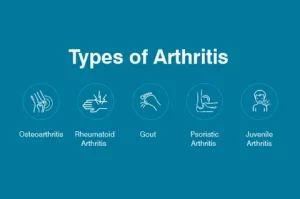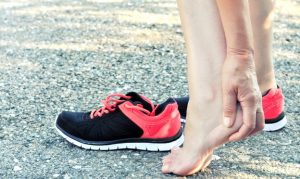Introduction
Arthritis is a prevalent condition affecting millions worldwide, and for runners, it can be a cause of concern, often sparking debates regarding its impact on their activity. In this comprehensive guide, we delve deep into the running-arthritis debate, unraveling facts, debunking myths, and clarifying common misconceptions.
Understanding Arthritis
What is Arthritis?
Arthritis encompasses a group of conditions characterized by joint inflammation. The two most common types are osteoarthritis and rheumatoid arthritis.
Types of Arthritis
Osteoarthritis (OA)
OA is a degenerative joint disease where the protective cartilage that cushions the ends of bones wears down over time, leading to pain, stiffness, and swelling.
Rheumatoid Arthritis (RA)
RA is an autoimmune disorder where the immune system mistakenly attacks the body’s joints, causing inflammation, pain, and eventually joint damage.

The Running-Arthritis Debate
Myth: Running Worsens Arthritis
Contrary to popular belief, running does not necessarily worsen arthritis. In fact, research suggests that regular, moderate running can be beneficial for joint health by strengthening muscles around the joints, improving flexibility, and promoting weight management.
Fact: Impact of Running on Arthritis Depends on Individual Factors
While running may not exacerbate arthritis for many individuals, it’s essential to consider various factors that can influence its impact:
- Joint Health: Individuals with healthy joints may experience fewer issues when running compared to those with existing joint damage.
- Technique: Proper running form and technique can help minimize stress on joints, reducing the risk of exacerbating arthritis symptoms.
- Intensity and Duration: Moderation is key. High-intensity or prolonged running sessions may increase the risk of joint wear and tear, especially for individuals with arthritis.
- Pre-existing Conditions: Individuals with severe arthritis or other joint-related conditions may need to adjust their running routine or opt for lower-impact exercises.

Misconception: Rest is Always Best for Arthritis
While rest is essential during arthritis flare-ups, maintaining an active lifestyle, including running, can offer numerous benefits:
- Joint Lubrication: Movement helps stimulate the production of synovial fluid, which lubricates joints, reducing stiffness and promoting mobility.
- Muscle Strength: Running strengthens the muscles around the joints, providing better support and stability, which can alleviate arthritis symptoms.
- Mental Well-being: Regular exercise, including running, releases endorphins, improving mood and reducing stress, which can indirectly benefit arthritis management.
Tips for Running with Arthritis
Consultation with a Healthcare Professional
Before starting or modifying any exercise regimen, including running, individuals with arthritis should consult with their healthcare provider to ensure it’s safe and appropriate for their condition.
Gradual Progression
Begin with shorter distances and lower intensities, gradually increasing both as tolerated. Listen to your body and adjust accordingly to avoid overexertion.
Proper Warm-up and Cool-down
Prioritize dynamic stretches to prepare the muscles and joints for activity, and follow up with static stretches to improve flexibility and reduce post-run stiffness. Explore More About (Ringworm Infections)
Cross-training and Strength Training
Incorporate low-impact activities such as swimming or cycling into your routine to complement running. Additionally, include strength training exercises targeting major muscle groups to improve overall joint stability.
Invest in Quality Footwear
Choose running shoes with adequate cushioning and support to minimize impact on joints and reduce the risk of injury.

Conclusion
In conclusion, the running-arthritis debate is nuanced, with no one-size-fits-all answer. While running can be beneficial for many individuals with arthritis, it’s crucial to approach it with caution and mindfulness of individual limitations and needs. By understanding the facts, debunking myths, and addressing misconceptions surrounding running and arthritis, individuals can make informed decisions to incorporate running safely and effectively into their active lifestyles.
For more expert insights and guidance on managing arthritis and optimizing your running routine, consult with a healthcare professional specializing in arthritis management.




